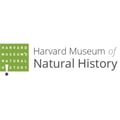
Harvard Museum of Natural History

Harvard Museum of Natural History
Explore 16 galleries showcasing dinosaurs, mammals, meteorites, birds, rare minerals and gemstones, the world-famous Glass Flowers, and life in New England forests and marine waters
Number of spaces
Capacity
Food & Beverage
Spaces
About
The Harvard Museum of Natural History was established in 1998 as the public face of three research museums: the Museum of Comparative Zoology, the Harvard University Herbaria, and the Mineralogical & Geological Museum. Presenting these incomparable collections and the research of scientists across the University, the Harvard Museum of Natural History’s mission is to enhance public understanding and appreciation of the natural world and the human place in it, sparking curiosity and a spirit of discovery in people of all ages. Today’s museum reflects both the history of its affiliate museums and an evolution toward a twenty-first-century institution that presents cutting-edge research, addresses contemporary issues, and offers creative educational experience in a unique, intimate setting. Each year, more than 250,000 people take advantage of all that the Harvard Museum of Natural History has to offer. Visitors include more than 40,000 school children in groups; adults and children from throughout the region; and tourists from around the country and the world. The Harvard Museum of Natural History is the most-visited attraction at Harvard—for its historical collections, its temporary exhibitions, and its new permanent galleries.
Discussions
Press




Details
Capacity
Food & Beverage
Technology
The use of audio or visual equipment, lighting, media, and photography, and vendors must be approved by the museum.
Do you work for Harvard Museum of Natural History? Contact us to learn more about who's managing this profile or gain access.
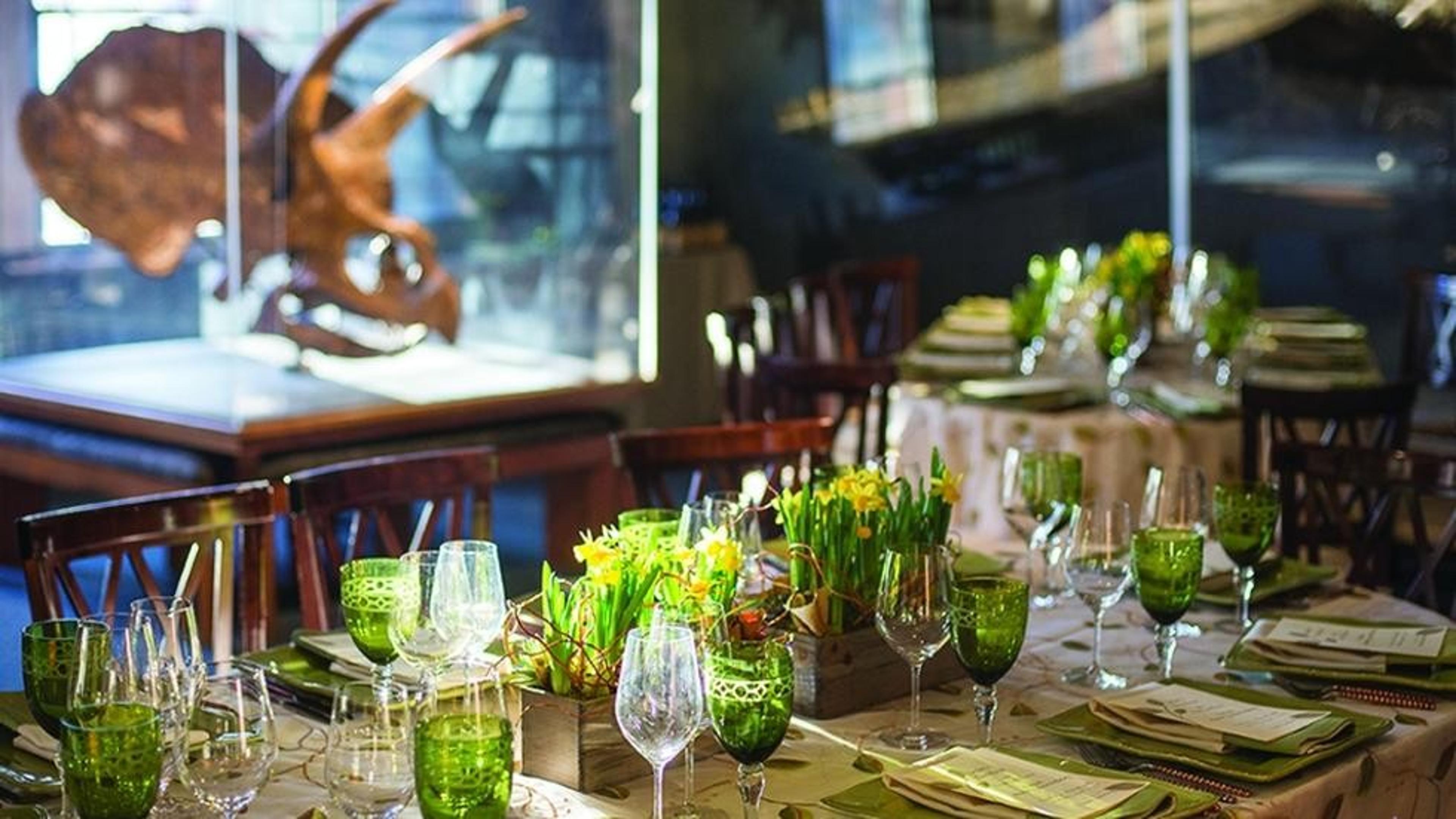
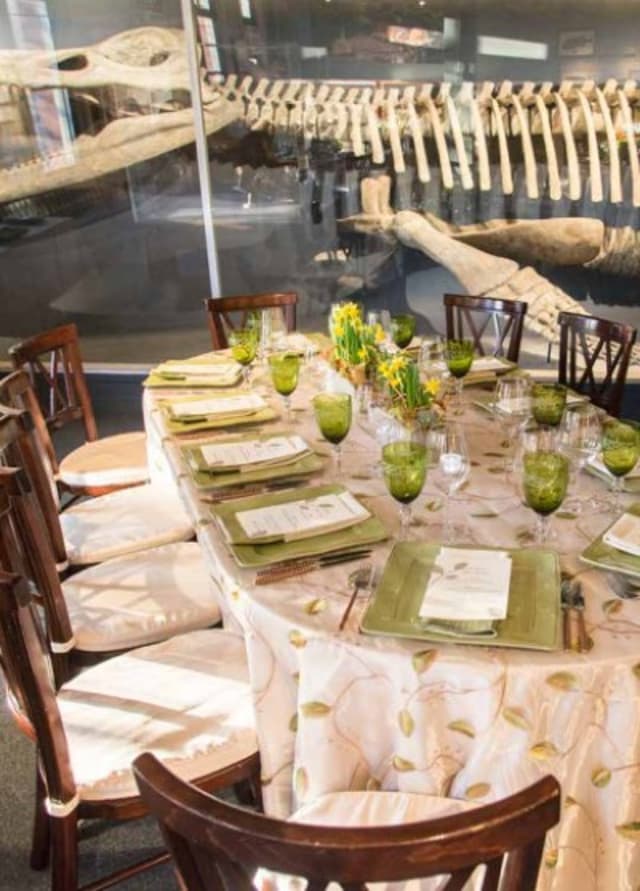
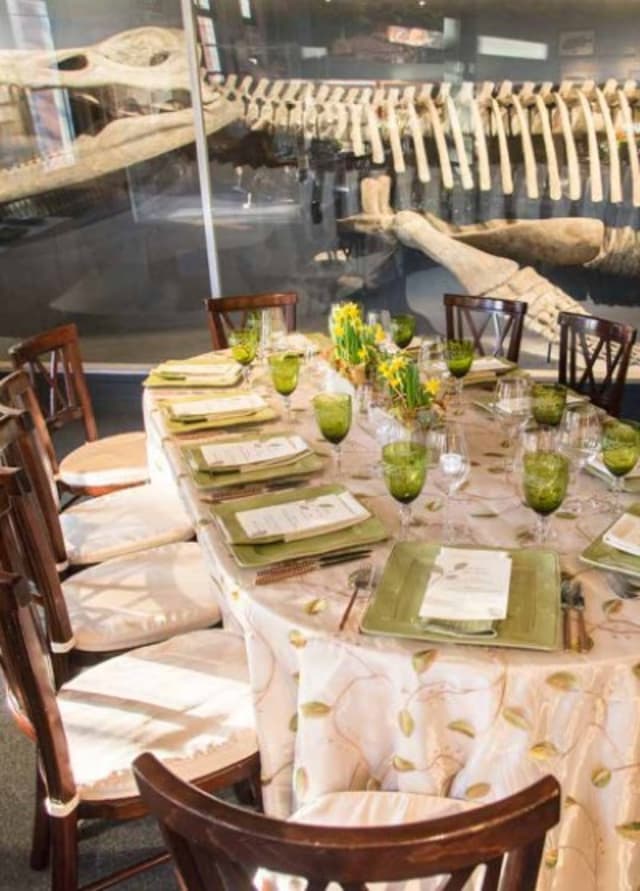

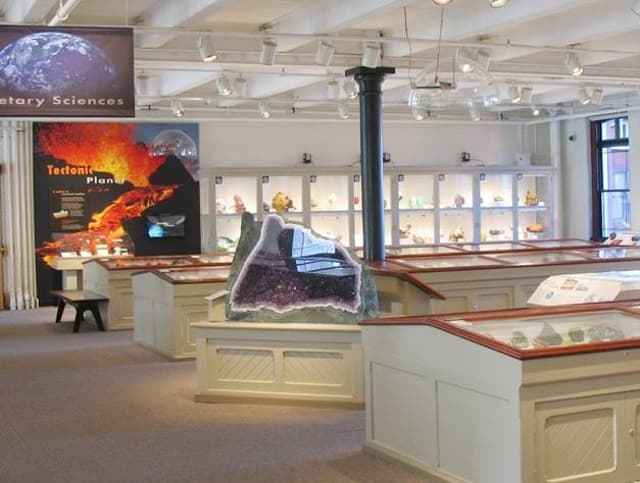
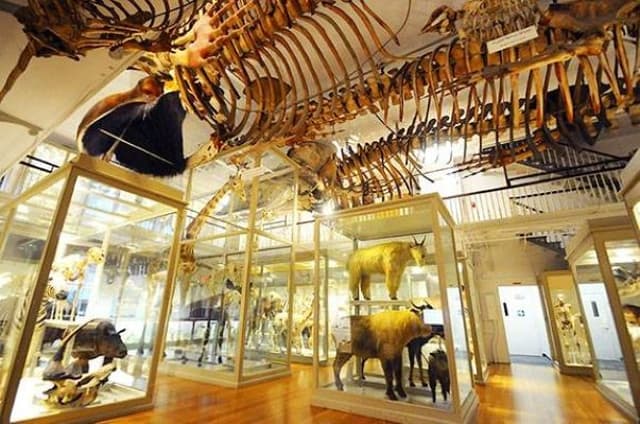
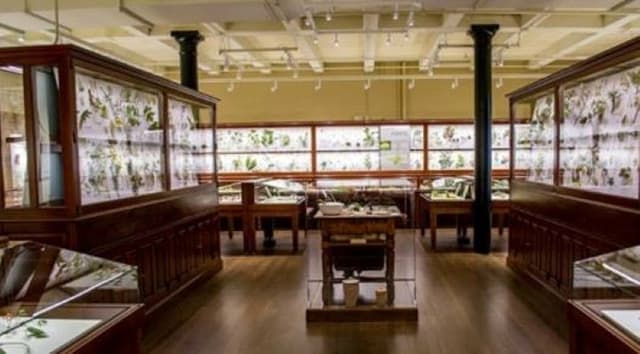
%2F-71.1156073%2C42.37851360000001%2C13%7D%2F300x300%3Faccess_token%3Dpk.eyJ1IjoibWF0dC12ZW5kcnkiLCJhIjoiY2xlZWZkNTQ1MGdhZTN4bXozZW5mczBvciJ9.Jtl0dnSUADwuD460vcyeyQ)
